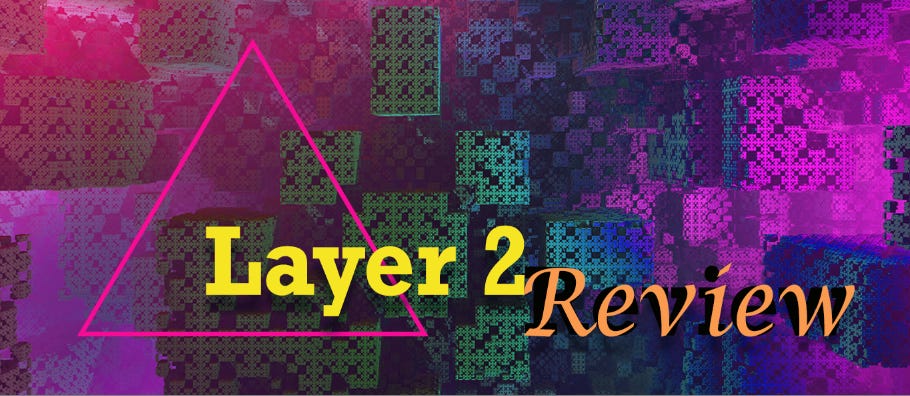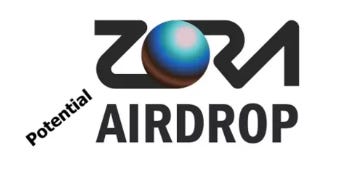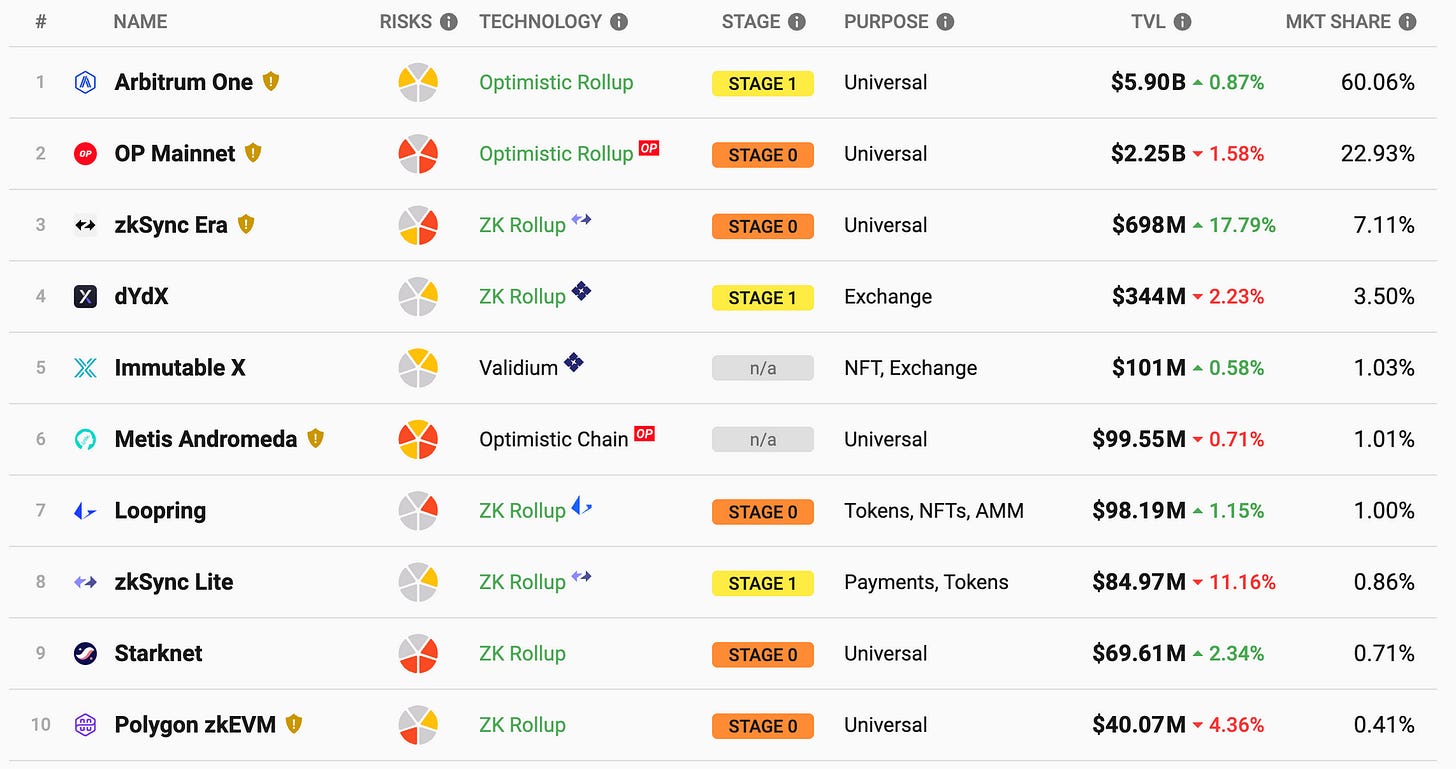From the Ashes of Moloch, Ether’s Phoenix Rises | Layer 2 Review
Quick Reads and Hot Links Covering the People and Projects Who Are Scaling Ethereum
Dear Frens,
Layer 2 Summer is in full swing, and Ethereum’s scaling solutions continue to grab attention. Months after the last major L2 airdrop, TVL is holding steady at $10 billion. New projects are launching daily, and farmers are eagerly working under the hot sun, waiting on the next protocol to drop a cool, refreshing token in their wallets.
But Layer 2s aren’t all about DeFi and airdrops. Manifold, one of Mainnet’s most popular NFT platforms, recently launched on Optimism, and Polygon continues to attract mainstream consumer brands to its umbrella of platforms.
On the grants front, voting is now open for the Optimism Collective’s latest ecosystem grants round. The Collective will distribute up to 11 million OP tokens to projects as part of Collective Intents, supported by Token House Missions. If you hold OP tokens, check out the proposals and vote (and please support the one for BanklessDAO!).
In this issue’s editorial, we revisit what may be the founding manifesto for the Optimism Collective, and the siren’s song of retroactive public goods funding. In Ether’s Phoenix, the Collective laid out its vision for the future, where it introduced its guiding principle: Impact=Profit, a clever formula for the idea that individuals should be retroactively rewarded for their beneficial work. In the grand vision, solving coordination issues in web3 will lead to a greater understanding of how to incentivize action on the major collective goods problems of our day — an Optimistic Vision we can all support.
Contributors: KingIBK, Warrior, Tonytad, jengajojo, thinkDecade, trewkat, HiroKennelly
This is an official newsletter of BanklessDAO. To unsubscribe, edit your settings.
✅ Action Items
🗳️ Vote on Optimism’s Token House Missions.
🪂 Follow through on the airdrop Alpha below.
🗺️ Explore L2 quests on Layer3.
🏛 Governance
⭐ Featured Proposals
AIP — 3 [Non-Constitutional] Fund the Arbitrum Grants Framework Proposal Milestone 1
DisruptionJoe, the former Fraud Detection & Defense workstream lead at GitcoinDAO, has spun up an team to solve the problem we sometimes see with DAO funding — i.e. centralisation of power within Grants Committees. The proposal aims to establish several funding mechanisms for the DAO to experiment with, hoping ultimately to arrive at an optimal, pluralistic, and capture-resistant grants strategy for the DAO. Jengajojo, who is an active delegate and part of DAOStewards (the meta-governance group of BanklessDAO), says “while the proposal is still under discussion between Arbitrum delegates, if implemented, this would be the first serious attempt solving the grants strategy challenge in DAOs”.
🗳️ Active Votes
Optimism
Arbitrum
💬 Proposals in Discussion
Optimism
Arbitrum
Proposal: Temp check — Mission of the Arbitrum DAO [Constitutional]
Proposal: Accelerating Arbitrum — Leveraging Camelot as an Ecosystem Hub To Support Native Builders
Proposal: Activate Support for Account Abstraction Endpoint on One and Nova
Starknet
Polygon
🪂 Airdrop Station
Co-grant alongside the Optimism Grants Council. Will helping Optimism to fund grants pay off during their next airdrop? We have no idea, but it’s still a great idea to support the Optimism Collective!
Top Chains Check-list is a not airdrop farming guide listing quests on various L2s.
Is there a Zora airdrop on the way? Zora is a decentralized protocol where anyone can permissionlessly buy, sell, and create. Recently, the project announced the launch of its own network called ZORA.
📈 Data
Total Value Locked on L2s is steady at $10 billion!
Arbitrum maintains a dominant TVL lead with 60% of market share!
🔭 Project Watch
Arbitrum
Tracking users for projects:
Optimism
Top NFT collections:
What projects are users flocking to?
And Binance is building with the Optimism Stack!
From the Ashes of Moloch, Ether’s Phoenix Rises
Author: HiroKennelly

Shortly before Optimism burst into much of crypto consciousness last year with its first OP token airdrop and the establishment of the Optimism Collective as a playground for digital governance experiments, it published what I called a “short but powerful blog post — Ether’s Phoenix — about building infrastructure to support public goods funding,” positing that public-goods-focused building is “a mindset: that optimism prevails, that better systems are possible, and that humankind will be rewarded for its cooperative revolution”.
The difference here is that unlike so many other profound visions for an optimistic future, Optimism also provides a way to fund the creation of this better world.
Ether’s Phoenix is a mashup of ancient wisdom, blockchain technology, and the idea that we should monetarily reward people who have made a positive impact, summed up by the Optimism Collective's succinct guiding axiom: Impact=Profit. At a high level, it means that Optimism has built a recursive, retroactive public goods funding model which uses profits from its blockchain sequencer to reward individuals for past work they’ve done that benefits Optimism, the Collective, and Ethereum. In a practical sense, it distributes OP tokens to those individuals who are building tools that don’t themselves generate revenue but are immensely profitable as a public resource.
In the grandest sense, Ether’s Phoenix is a test of the thesis that regenerative cryptoeconomics isn’t just a funding mechanism for web3 public goods; it’s a vehicle to solve the world’s greatest challenges and an attempt to rectify millennia of coordination failures. Ether’s Phoenix rises from the ashes of Moloch.
The Phoenix Rising
Made famous through Greek mythology, the phoenix has long symbolized rebirth, the cyclical nature of a self-renewing world. In many ways, the phoenix is the perfect metaphor for what the Optimism Collective is trying to accomplish — as Ether’s Phoenix makes clear, the Optimism Collective has no less than a long-term goal to provide infrastructure aimed at addressing humanity’s long-standing failure to meaningfully manage large-scale coordination challenges, which range from nuclear weapons and clean air to digital rights and open-source software. But first we have to start small.
In web3, we are acting as a laboratory to solve the world’s coordination problems, to — in the words of many crypto natives — slay Moloch, the modern god of coordination failure and ancient god of child sacrifice. The Optimism Collective believes the best way to slay Moloch, to overcome humanity’s history of coordination failures, is to center itself around Impact=Profit as practiced through retroactive public goods funding.
Optimism ran its first retroactive public goods funding round in 2021, when it donated $1 million to about two dozen projects. By its second round earlier this year, it was donating nearly $25 million in equivalent OP tokens to 195 participants. For its third round slated later this year, the Optimism Collective is going to distribute 30 million OP tokens, with a current market value of around $50 million.
Telling the Free Rider to Take a Hike
One of the main hurdles to solving issues that require large-scale human coordination is the free rider problem. Simply put, because of the nature of collective goods, there is no incentive for parties who benefit from collective action to contribute towards the costs of that action … i.e. since it’s being done anyway, why pay for it? Optimism’s solution is to tell free riders to take a hike by incentivizing builders to solve collective problems through the promise of proportional rewards.
The dream is to build an incentive structure so rewarding that free riding is against the party’s own self interest. Start to imagine trillion-dollar matching pools and worldwide quadratic voting rounds and you can see that this model may be the missing piece that resolves an inherent dichotomy of capitalism: how to focus collective effort towards a beneficial purpose while also making money. That’s what Impact=Profit is all about: the idea that both can be achieved by an action, that both are equally important goals.
We Are All Summoners Now
The vision is that this type of retroactive funding will enable better collaboration and incentivize collective action. In many ways, optimism, both the concept and the capital-O scaling solution, is Ether’s Phoenix; it’s what helps to give rise to new forms of coordination. Enabled by Ethereum and scaled by the Optimism Collective, it’s also a call for us to summon our own phoenix, to participate in the process of building the future we want to see. For Optimism, that starts with using sequencer profits (and 20% of the initial token allocation) to retroactively fund public goods. For members of the Collective, it may mean supporting these efforts through use of Optimism or by building tools and resources to help the Collective flourish.
As this incentive engine continues to burn hotter with the fuel provided by the growth of the Collective, ether will become the creative phoenix on which our collective dreams rise, stretching the wings of optimism as we ride a perpetual updraft, soaring over the remains of Moloch, whose dying ember slowly fades far below.
Any time is a great time to become more Optimistic. Get involved in their Discord, apply for a job at the Optimism Foundation, or just follow them on Twitter and help spread the Optimistic Vision.
🔥 L2 Fees and Costs Update
Transaction Fees as of June 30, 2023:
Security Costs as of June 30, 2023:
🗞️ Ecosystem Updates
⛓️ Zero-Knowledge Proofs Are Powering the Next Wave of Innovation in Web3
🆕 Polygon 2.0 Architecture Transforms Polygon Into the Value Layer of the Internet
🔀 Which Optimism Node Is Best? Public vs. Private vs. Self-Hosted
➿ Immutable X (IMX): Layer-2 Scaling for NFTs
⭕ OP Mainnet Successful Migrated to Bedrock
🔒 Validity (ZK) Proofs vs. Fraud Proofs
📈 How the Hunt for Yet-to-Exist Tokens Is Shaping Ethereum’s Layer 2 Landscape
🔮 Ethereum Layer 2 Battle: Matter Labs CEO Explains Why He Thinks ZK-Rollups Will Win
💥 Ethereum Layer 2 Network zkSync Era Jumps to Nearly $250M in Locked Value
🏁 BASE Layer 2 Has Completed Security Testing and Is Ready for Mainnet Launch
🏦 Arbitrum and Optimism: Two Protocols Control 80% of All Ethereum Layer 2 TVL
🤝 Ethereum L2 Network Mantle Partners with Ankr Ahead of Mainnet Launch in Q2 2023
🔊 Ethereum Ecosystem Is Getting Busier, Not Quieter, Amid Layer 2 Shift
🥅 Starknet Part 1: L2 Landscape
📡 Blockchain Scalability and Privacy: The Rollup Ecosystem
🧠 How the Arbitrum Foundation Designed the Distribution Strategy for Their Token Airdrop
🔴 The Optimism Superchain and the Interoperable Future

















